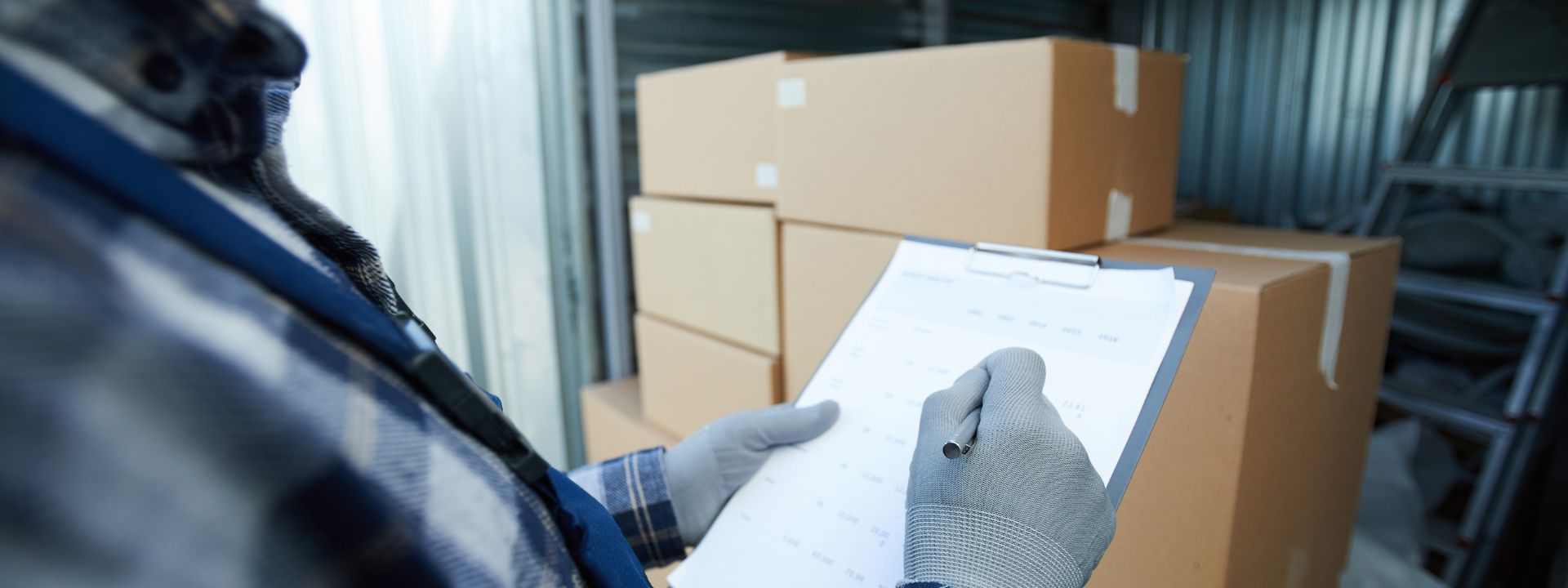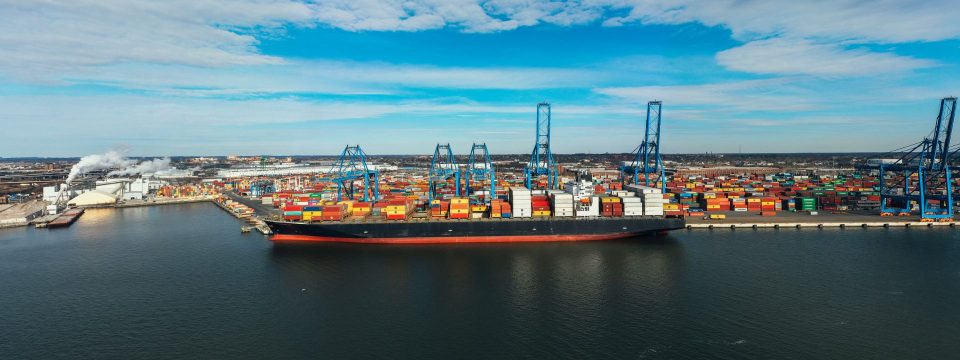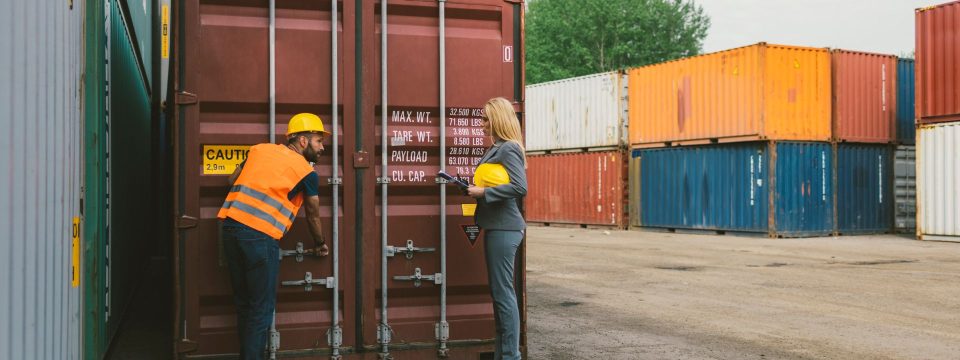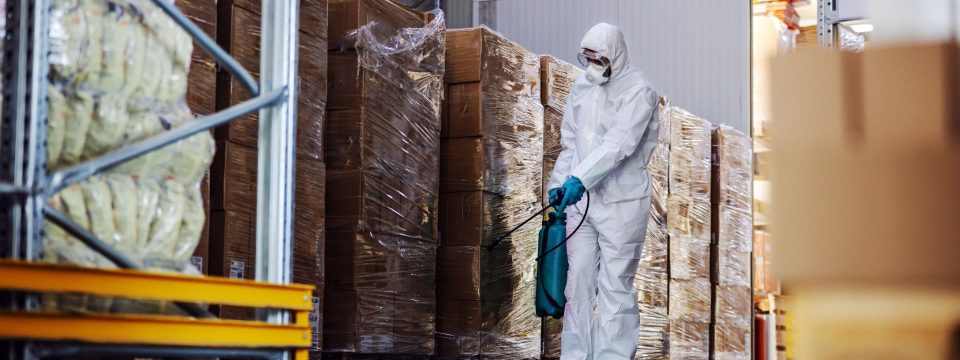HS Codes: A Beginner’s Guide for Imports and Exports
October 28, 2022 Beginners Guides

HS Codes play an important role in international imports and exports. They are 6-10 digit codes assigned to specific goods by customs authorities. These tariff codes are used all around the world, making cargo easily identifiable and ensuring the seamless delivery of goods from Point A to Point B.
What is an HS Code?
‘HS’ stands for Harmonised System or, in its long form, the ‘Harmonised Commodity Description and Coding System’. Developed in 1988 by the World Customs Organisation (WCO), HS Codes are typically 6- to 10-digit figures that all goods require for international transport. The system is enforced in Australian law by the Customs Tariff Act.
Looking for an HS code?
Search here:
https://ftaportal.dfat.gov.au/
There are thousands of HS Codes, and each code describes specific goods. All customs agencies are able to identify these goods easily using the number associated with the particular commodity.
Take umbrellas for example. The digit “6601.91” is the HS code for umbrellas that have a telescopic shaft. But the digit “6601.99” is the HS code for ‘other umbrellas and sun umbrellas’.
Take potatoes as another example. Fresh or chilled potatoes will be classified as 0701.90. But frozen potatoes will go under code 0710.10.
Each code has a unique structure as follows:
- A six-digit identification code
- Five thousand commodity groups
- Those groups feature 99 chapters
- The chapters themselves then have 21 sections
The code is structured and logical, stemming from the Kyoto Convention of 1974. A useful example to look at is as follows:
- Section II of the HS Codes are ‘Vegetable Products’
- Chapter 10 of Section II is entitled ‘Cereals’
- Heading 06 of Chapter 10 is then called ‘Rice’
- Subheading 30 of Heading 06 is then very specifically called ‘Semi-milled or wholly milled rice, whether or not polished or glazed’.
The HS Code given to this particular good is 1006.30. That digit reflects the product’s chapter, heading and subheading to form a unique digit recognised by customs authorities on an international basis. Think of the code as being split into three groups of two numbers: the first group of two broadly categorises the product. The second two define the classification and the third group specifies the actual product.
There are approximately 5,300 of these codes in circulation. More than 98% of internationally traded goods rely on the HS Code system for their classification.
Who uses the HS Code?
HS codes are used extensively by over 200 countries who are contracted to the Convention on the Harmonized Commodity Description and Coding System (also known as the ‘HS Convention’). Customs authorities not only use HS codes to identify what goods are being shipped; they also use them to apply relevant customs duties, taxes and regulations. Governments also use HS codes to collect global trade statistics and create tariffs.
Private companies use the same system to monitor goods, develop and advocate trade policies, collect statistics on traffic and transport as well as monitor prices.
Where do I need to use HS Codes in shipping?
When shipping freight, it’s integral that you use the relevant HS Code on each line on your commercial invoice (to understand what this is, please refer to our blog on Commercial Invoices).
Using a HS Code on a commercial invoice ensures that exports make it through customs seamlessly and without delay. That way, importers will receive their goods faster and exporters are paid sooner. Failure to place the HS Code on the commercial invoice could risk the importer paying the incorrect tax. You also may end up paying interest on any back-payments for incorrect classification, and your goods may even be seized.
What’s new in the 2022 edition?
The latest 2022 changes for the HS system have brought in a handful of updates. There are around 351 amendments, which could significantly impact 12% of all EU codes. The implementation will require the amendment of the Customs Tariff Act 1995, Customs Act 1901, Customs Tariff Regulation 2004, and Customs Regulation 2015.
In a nutshell, the HS system was specifically amended as follows:
- Added 370 HS headings and 130 standard notes
- Deleted 146 HS headings and 12 standard notes
- Modified 272 HS descriptions and 287 standard notes
Some of the salient updates to be aware of are:
- The creation of new chapters highlighting high-profile products (such as unmanned aerial vehicles or drones, and smartphones)
- Heading changes, allowing for a more accurate representation of new technologies (including a new heading for ‘machines for additive manufacturing’)
- The code’s renewed health focus in light of the need to deploy diagnostic kits to respond to the spread of infectious diseases
- The Code’s efforts at addressing issues of environmental and social importance (such as the classification of electrical and electronic waste)
What do you need to do?
In light of these new changes, shippers will need to revise their HS codes. You can do this by:
- Checkingyour current codes against the new codes to see if any changes apply to you.
- Changing your codes if they have been removed or replaced.
- Waiting for new codes to be shared by your import country, and then add them to your code once published.
- Sharing your new codes with your customs broker (or, you can simply ask your customs broker to do all of the above for you).
How do I find the right HS Code for my shipment?
You can search HS Codes using the Free Trade Agreement Portal administered by the Department of Foreign Affairs and Trade (DFAT).
Placing the right HS code on your commercial invoice means you’ll pay the correct amount of duty. You’ll also know if the duty is suspended on any of your products and if any preferential duties rates can be applied on the goods being imported. Australia has a free trade agreement with many countries, and using the correct HS code may allow you to access certain preferential duties stemming from those agreements.
You’ll also discover if any tariff or anti-dumping duties apply. For example, a quick search of HS code 0203.29.023 will reveal that fresh, chilled, or frozen swine exported to Japan is subject to a tariff under the Japan-Australia Economic Partnership Agreement (JAEPA).
Whose responsibility is it to supply the HS code to the consignee?
The Consignee or Importer is responsible for determining the HS Code suitable for the country of import. It may be that the shipper defines the HS Code for export, but this is not the most appropriate code for the customs entry on the import. A good customs broker, such as ICE, will be able to advise appropriate HS Codes for your cargo. Alternatively, you can visit the following website to classify your cargo: https://ftaportal.dfat.gov.au/
In exporting, from which country of HS code shall be used?
When exporting, the HS Code relevant to the country of export shall be declared on the export declaration.
How do HS Tariff codes differ from country to country?
As the HS Code system is used by over 200 countries, there are variations of how the Code is used. This is why using the correct digits can sometimes be difficult. It is a good idea to consult customs authorities directly or engage an expert freight forwarder and customs broker for advice as to the correct code.
Generally, the first six digits of the HS code are the same in all countries.
Different countries, however, may add further digits to detail commodities in more detail without amending the first six digits. In the United States, for instance, ten-digit codes are used in what they call the Harmonized Tariff Code Schedule (HTS). They use an additional four-digit code referred to as the ‘Schedule B number’, thereby creating a 10-digit code.
What HS Tariff Codes are affected during stink bug season?
The shipping industry is currently experiencing restrictions due to the 2021-22 stink bug season (see our stink bug season guide for further information).
Certain HS Codes are affected during this time. This is because the regulations around this season are designed to target high-risk cargo whilst avoiding perishables or items that may be damaged by fumigation. Goods affected during this season are classified into three sections, namely:
‘High-risk goods’ – these goods are subject to mandatory treatment. These include goods such as explosives, pyrotechnic products, matches, pyrophoric alloys, combustible preparations, wood and articles of wood, wood charcoal, coal and articles of cork.
‘Target risk goods’ – these goods are not subject to mandatory treatment. They include goods such as ores, slag, ash, salt, sulfur, mineral fuels, inorganic chemicals and more.
| Target High Risk Goods | Target Risk Goods |
| 44 – Wood and articles of wood; wood charcoal 45 – Cork and articles of cork 57 – Carpets and other textile floor coverings 68 – Articles of stone, plaster, cement, asbestos, mica or similar materials 69 – Ceramic products – including sub chapters I and II 70 – Glass and glass ware 72 – Iron and steel – including sub chapters I, II, III, IV 73 – Articles of iron or steel 74 – Copper and articles thereof 75 – Nickel and articles thereof 76 – Aluminium and articles thereof 78 – Lead and articles thereof 79 – Zinc and articles thereof 80 – Tin and articles thereof 81 – Other base metals; cermets; articles thereof 82 – Tools, implements, cutlery, spoons and forks, of base metal; parts thereof of base metal 83 – Miscellaneous articles of base metals 84 – Nuclear reactors, boilers, machinery and mechanical appliances; parts thereof 85 – Electrical machinery and equipment and parts thereof; sound recorders and reproducers, television image and sound recorders and reproducers, and parts and accessories of such articles 86 – Railway or tramway locomotives, rolling-stock and parts thereof; railway or tramway track fixtures and fittings and parts thereof; mechanical (including electro-mechanical) traffic signalling equipment of all kinds 87 – Vehicles other than railway or tramway rolling-stock, and parts and accessories thereof 88 – Aircraft, spacecraft, and parts thereof 89 – Ships, boats and floating structures | 27 – Mineral fuels, mineral oils and products of their distillation; bituminous substances; mineral waxes 28 – Inorganic chemicals; organic or inorganic compounds of precious metals, of rare-earth metals, of radioactive elements or of isotopes – including sub chapters I, II, III, IV and V 29 – Organic chemicals – including sub chapters I, II, III, IV, V, VI, VII, VIII, IX, X, XII and XIII 38 – Miscellaneous chemical products 39 – Plastics and articles thereof – – including sub chapters I and II 40 – Rubber and articles thereof 48 – Paper and paperboard; articles of paper pulp, of paper or of paperboard 49 – Printed books, newspapers, pictures and other products of the printing industry; manuscripts, typescripts and plans 56 – Wadding, felt and nonwovens; special yarns; twine, cordage, ropes and cables and articles thereof94 – chairs, medical, surgical furniture, household and office furniture, mattresses and bedding and furnishings, lighting and prefabricated building (applicable to China & UK only)95 – toys, games, game consoles, parlour games, festive articles, sports and exercise equipment, fishing equipment and travelling circus and amusement equipment (applicable to China & UK only) |
‘Exempt goods’ – goods under an exempt category will not be treated, even if they come from a ‘target risk country’. Exempt goods include:
- fresh produce
- live animals
- food for human consumption (including beverages)
- seeds for sowing and
- registered pharmaceuticals.
It is important to identify the categories of goods by reference to the HS Codes. Even if your goods are exported from a non-risk country, but manufactured in a country that is affected, your goods will need to be treated.
How is the HS Code System managed?
The Harmonised System is governed by international conventions, administered by the WCO. This is an intergovernmental organisation headquartered in Belgium established to discuss, develop and promote modern systems of customs. The WCO has attempted to provide a uniform interpretation of the HS Code in its Explanatory Notes.
The Harmonised Systems Committee represents States who’ve signed up to use the HS Code system. They make decisions on how to classify items, settle disputes and update the HS system every five to six years. The WCO have resolved disputes such as;
- Whether Local Area Network (LAN) equipment is in the category of computer or telecommunications equipment;
- Whether high-fat cream cheese is, in fact, cheese, or if it’s dairy spread; and
- Where to draw the line between vehicles for transporting goods and vehicles that transport passengers.
Case study: Pharma-A-Care
For the first time in Australian legal history, the HS Code was looked at by the High Court of Australia in February 2020 in its examination of customs tariff law.
In 2017, a company called Pharm-A-Care Laboratories applied for a review of a decision made by the Australian Customs Service in relation to the classification of pastilles or gummies containing vitamins and certain weight loss gummies. Pharm-A-Care argued that these kinds of gummies should be classified as “medicaments” under HS Code 3004. But Customs argued they should be classified as “food preparations” under 2106 or “sugar confectionary” under code 1704.
This was important because HS Codes 2106 and 1704 attracted a duty rate of between 4% and 5%. HS Code 3004, however, was duty-free.
Pharma-A-Care won in the original Tribunal, but Customs appealed all the way to the High Court of Australia. In February 2020, the High Court ruled in Pharm-A-Care’s favour and dismissed Customs’ appeal.
This case study demonstrates how important tariff classifications can be for importers. Vitamins and weight loss supplements that were marketed as chewable gummies are classified as “medicaments”. The result is these goods can now be imported duty-free.
Check with customs brokers to ensure your classification is correct
It is important to engage expert customs brokers to determine if the HS Code on your commercial invoice is correct. Our in-house customs brokers at ICE Cargo can determine if:
- Your classification is accurate;
- There is a more appropriate tariff code with discounts and that can avoid duties;
- There is a tariff concession; and
- You are eligible for a duty refund due to an incorrect classification.
Should you have any further questions regarding HS Codes and how they are used, please contact an ICE team member on 1300 227 461 or request a quote below.
Request A Quoteor call us on 1300 227 461

We Consult. We Plan. We Deliver.
- CONSULT – We discuss your specific needs.
- PLAN – We develop a bespoke tailored plan that is cost-effective & efficient.
- DELIVER – We manage your shipment and keep you updated from beginning to end.




